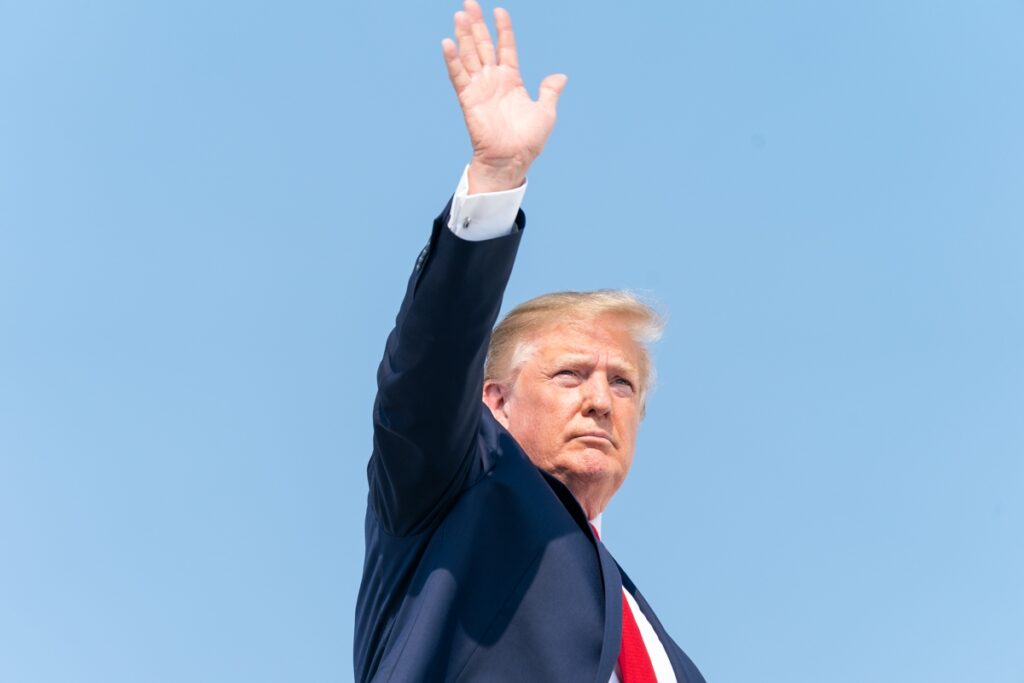On January 21, 2025, Donald J. Trump was sworn in as the 47th President of the United States, marking an unprecedented return to office after his loss in the 2024 election. The inauguration ceremony, held at the Capitol Rotunda due to extreme cold weather, was attended by political leaders, foreign dignitaries, and thousands of supporters.
In his inauguration speech, Trump delivered remarks with the same assertiveness and confidence that defined his previous tenure. He laid out a vision for his second term, emphasizing a focus on revitalizing the American economy, tightening immigration policies, and strengthening national security. Trump also reiterated his commitment to restoring the United States’ global influence, particularly addressing ongoing geopolitical challenges in the Middle East and Asia.
The ceremony unfolded under heightened security, with Washington, D.C., bracing for potential protests and counter-demonstrations from those opposed to Trump’s return to office. Despite the political polarization surrounding his presidency, the event proceeded smoothly, with Trump presenting his plans for the future of the nation. His supporters viewed the occasion as a victory for his populist agenda, interpreting it as a mandate to continue his policies centered around economic nationalism.
Trump’s return to power also set the stage for his administration to take immediate action on several fronts, including potential reforms to healthcare, tax policy, and energy independence. While his return has been met with optimism from his base, it has also sparked concern among critics, with many Americans anxious about the direction his policies may take in the months ahead. As the new administration begins its work, all eyes are on the decisions and changes that will shape the future of the United States.
